One of the biggest business-writing myths has to be that shorter is always better.
‘Less is more,’ say those who claim to be in the know. Keep it brief and people will thank you.
To be fair, this advice comes from a good place. And, like most myths, it does have some basis in truth.
Shorter ≠ better
We are all busy. And no-one has time to plough through endless pages of dense, poorly structured, largely irrelevant content.
The ‘shorter is better’ mantra seems to have a commendable focus on the reader. And if there’s one thing I’d urge any writer of any business document to do, it’s to step into their reader’s shoes.
But too often we throw the baby out with the bathwater.
In trying to make life easier for the reader, we can end up making things much harder.
Scotched myth
The truth is that brevity is often not the issue at hand. In fact, there are even times when more is more.
Before I explain this controversial stance, let’s scotch one more myth. We don’t have limited attention spans; we have limited consideration spans.
You’ll know this if you’ve ever sat glued to the sofa for hours, bingeing a box set on Netflix. Where was that limited attention span then?
‘Grab their attention and don’t let go’
The reason you stayed there – unable to divert your gaze from the screen even to grab another handful of Kettle Chips – is that you were engaged.
So you forgot how tired you were. You ignored the dishes. You didn’t see the dog’s doleful eyes as he pestered you for dinner.
Irresistible
‘Just five more minutes,’ you said to yourself. Then, before you knew it, the next episode was starting in 3 … 2 … 1 … and bang went another half an hour. You were helpless to resist.
Whatever you were watching had you hooked and refused to let go.
Now, I’m guessing that you’re not writing a Netflix drama. But we don’t stop being human when we open our laptops.
That’s true for your audience, too. If you can grab their attention and then hold on to it, they’ll sit there reading for as long as you need them to.
Just one job
They’ll do that, not because they’ve decided to do it, but because they can’t do anything else.
Achieving this effect isn’t easy, of course. Most people don’t know how to even if they wanted to. That’s why most reports and proposals are such a chore to get through.
But it is possible.
The key thing to remember is that we read things until we can stop. Then we do.
So your first sentence has one job: to get people to read the next one. In fact, every sentence and every paragraph in the whole document must do the same.
How to draw readers in
Here’s some great advice on how to write strong introductions (and endings).
It’s part of a free and complete report-writing playbook that walks you through all aspects of writing high-impact documents.
Even if you’re not writing a document right now, it’s well worth saving for when you do.
Image credit: Natalia Blauth / Unsplash
Subscribe
Expert advice to your inbox

